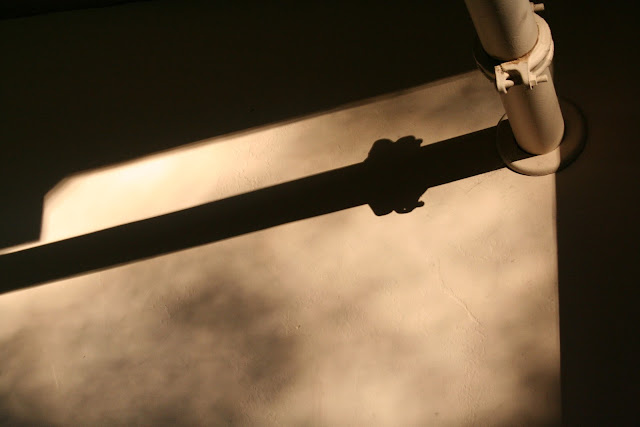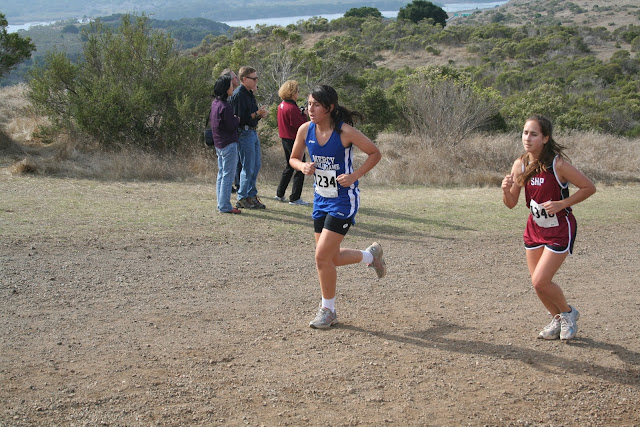Sunday, November 28, 2010
BARAKA
The movie Baraka used time lapse photography to capture the different ways of life of people and places all over the world. Baraka was shot in 24 countries and over 150 locations. Some locations frequently used were mountains, factories, ancient ruins, religious practices, cities, etc. There was no dialogue, only some music and different voices of the subjects captured. Even though there was no one narrating what was happening in the movie, one could easily depict the stories that were being told. The movie showed many aspects of life and the several different traditions and cultures that make every country unique.
At first, I was a little skeptical about this movie because there was no dialogue and I had never heard about it before. However, after a few minutes, it proved to be very interesting and I enjoyed it. I liked the part shot in the big city following the hundreds of taxi’s down the long street. I also enjoyed the terra cotta warrior’s scene, because I find them fascinating because there purpose and much of their history is still a complete mystery. Overall, I appreciated the time spent watching this movie in class and would recommend it for next year’s class.
Thursday, November 18, 2010
Monday, November 15, 2010
In class facebook assignment...
Hey Kaitlynn,
I really enjoyed looking through your photos of your Disneyland vacation with your family. These photos were taken before our photography class, but some value, rule of thirds, and emphasis are present. It was interesting to see pictures you have taken outside of class and just for fun. I learned that you love Disneyland and love to be with your family. Unlike some families I know you look happy to be with your bro and you two look like good friends. Good job and nice photos! ~Amanda
I really enjoyed looking through your photos of your Disneyland vacation with your family. These photos were taken before our photography class, but some value, rule of thirds, and emphasis are present. It was interesting to see pictures you have taken outside of class and just for fun. I learned that you love Disneyland and love to be with your family. Unlike some families I know you look happy to be with your bro and you two look like good friends. Good job and nice photos! ~Amanda
Wednesday, November 10, 2010
One Shot..
Our class was given the assignment called "one shot". The purpose was to take as many pictures as we wanted and instead of uploading all of them, only uploading one. We had to chose the shot we thought was best before uploading, simply from seeing it on the small lcd screens on our cameras.
My shot is of the purple flowers near the student entrance. The photo seemed alot better on my camera screen and when it stretched out on the computer after I uploaded it I realized that there was a leaf on the right side and that it wasn't as great as I orginally thought it was.
Wednesday, November 3, 2010
Class Notes (Nov. 3)
-photos are the most important thing when someone loses everything
-emotional memories, proof of something your'e proud of
-sonograph/x-ray photos save lives
-brownie camera=in production for 80 years, sold for $1
-before brownie camera people only got their photo taken once or twice in their lifetime
-ordinary people could now take pictures
-great slices of social history preserved
-photography made national geographic very successful
-photography needed human interventions to really be art
-WWI-war photos raise awareness at home
-no magazine could show pictures of dead soldiers/death
-anti-war activists showed truth with pictures of modern warfare
-1900's photos relplaced drawings in newspapers
-photos in newspapers catch the audiences eye and attention
-emotional memories, proof of something your'e proud of
-sonograph/x-ray photos save lives
-brownie camera=in production for 80 years, sold for $1
-before brownie camera people only got their photo taken once or twice in their lifetime
-ordinary people could now take pictures
-great slices of social history preserved
-photography made national geographic very successful
-photography needed human interventions to really be art
-WWI-war photos raise awareness at home
-no magazine could show pictures of dead soldiers/death
-anti-war activists showed truth with pictures of modern warfare
-1900's photos relplaced drawings in newspapers
-photos in newspapers catch the audiences eye and attention
Subscribe to:
Comments (Atom)








